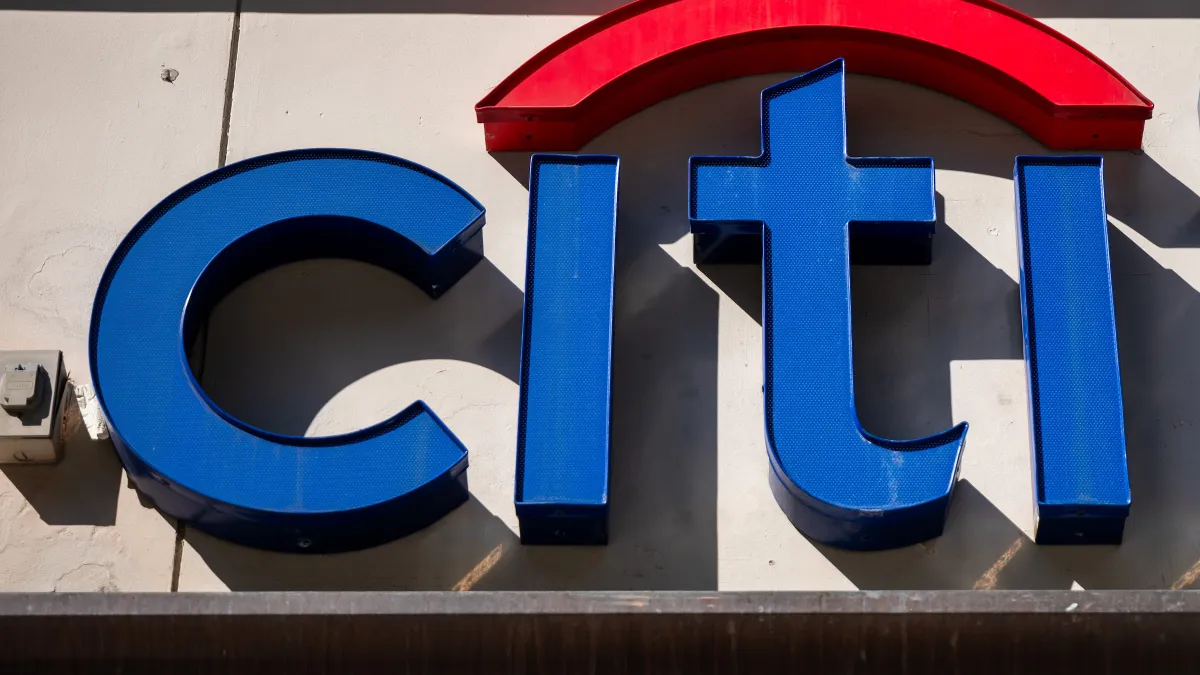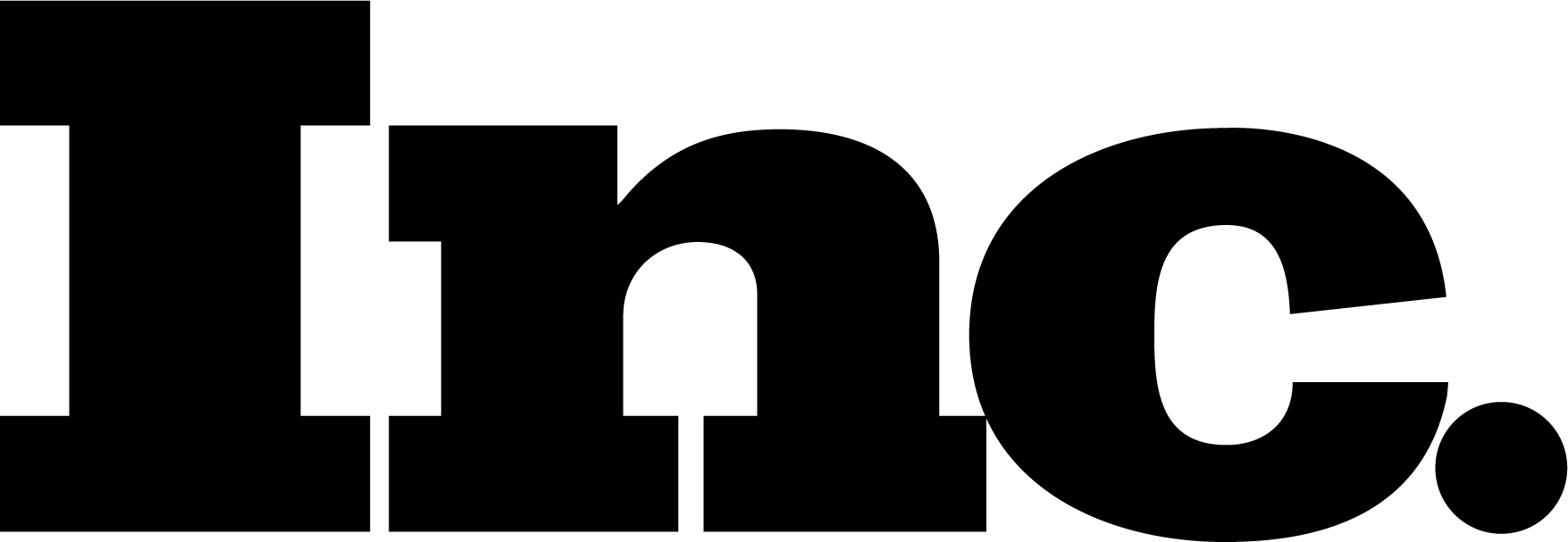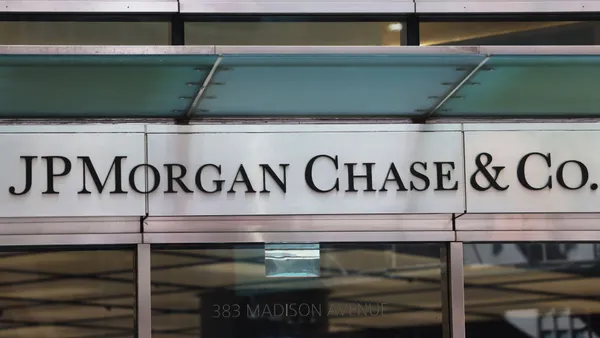In a speech Thursday hosted by the Brookings Institution, FDIC Acting Chair Martin Gruenberg laid out several of his concerns surrounding the advancement of stablecoins and their potential assimilation into the U.S. financial system.
1. Payment stablecoins would be safer if they were issued through a bank subsidiary.
A debate is important here— especially as it relates to community banking, Gruenberg said.
“Economies of scale associated with payment stablecoins could lead to further consolidation in the banking system,” he said.
“The network effects associated with payment stablecoins could alter the manner in which credit is extended within the banking system,” potentially prompting an uptick in fintech and nonbank lending and threatening to “create a foundation for a new type of shadow banking,” Gruenberg added.
Nonbank stablecoins, he cautioned, would have the capacity to disintermediate small local banks from their community. Regulators should, however, consider states’ capacity to charter stablecoin issuers or license them as money transmitters, Gruenberg said.
2. They should be backed dollar for dollar by high-quality, short-dated U.S. Treasury assets.
This would limit the risks of spillover into the traditional financial system, Gruenberg said.
By design, payment stablecoins share some of the vulnerabilities that money market mutual funds do, Gruenberg said, expressing concern about systemic risk. “In stressed market conditions, large investors could quickly exit their holdings, leading to the fire-sale pricing of underlying securities and panic selling by other investors,” he said. “This could result in contagion across other payment stablecoins and similar pooled asset holdings.”
3. The importance of permissioned ledger systems.
Current systems — some of which use open, permissionless networks — make it nearly impossible to identify all the transacting parties or to ensure compliance with anti-money laundering and counterterrorism financing measures, Gruenberg said.
4. A payment stablecoin system should complement FedNow and a potential CBDC.
Gruenberg emphasized cooperation with other regulators, saying the FDIC expects to contribute to broader interagency guidance as agencies “develop a better collective understanding” of crypto-related risks.
Federal regulators have “significant breadth of authority” to address risks, but there are limits — especially with regard to services offered by nonbanks, such as if custodial wallets allow customers to hold and transact stablecoins outside the banking system, he said. He noted, in particular, challenges in the “interface with retail businesses,” as companies and consumers alike explore their rights and obligations.
“We must consider the extent to which legislation would be necessary to provide a cohesive framework to prudentially regulate a payment stablecoin system from ‘end to end’ and to ensure that consumers are appropriately protected,” Gruenberg said.
5. Inclusion.
A payment stablecoin and related custodial wallets should be designed to eliminate, rather than create, barriers for low- and moderate-income households, Gruenberg said, advocating further studies to see if certain design features can provide incentives so greater numbers of unbanked and underbanked people participate.
6. The pace of regulation.
A recent Treasury Department report on crypto assets “should give us pause,” Gruenberg said, noting that new crypto assets regularly hit the market with different risk profiles than those of assets thought to be known quantities. The risk assessment process “will take time and a significant amount of dialogue with multiple stakeholders,” Gruenberg said.
But regulators must take the time to understand the risks to consumers and participating banks amid eagerness to “move quickly” into crypto products, he said.
“Innovation can be a double-edged sword,” Gruenberg said, holding up the promise that subprime mortgages, collateralized debt obligations and credit default swaps appeared to hold in the early 21st century, before they contributed to the 2007-2008 financial crisis.













